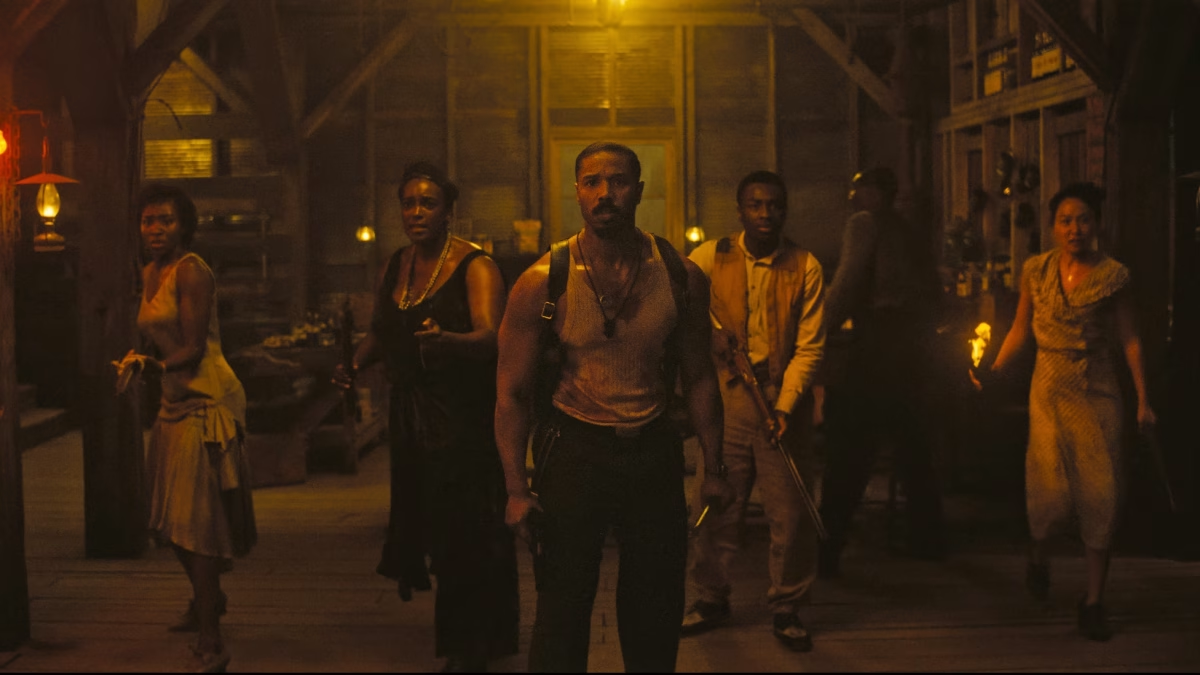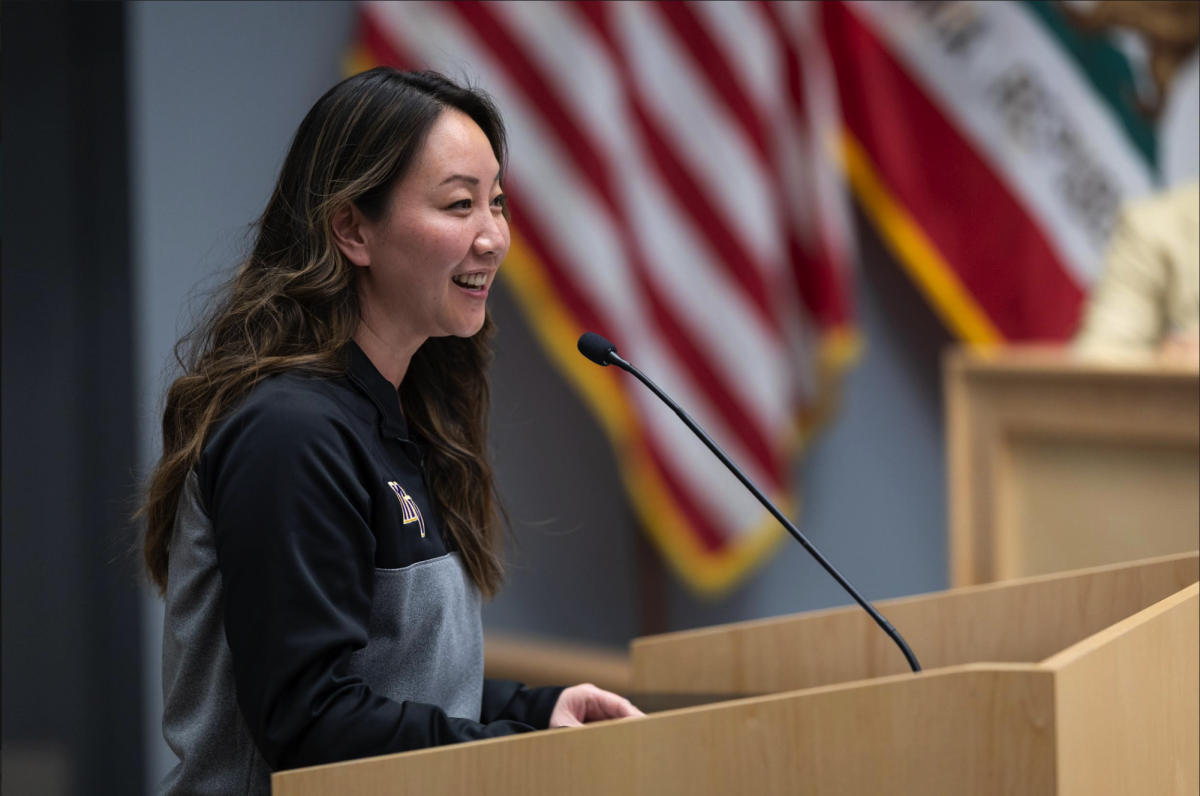When software analyst Ayesha Chimnnani, moved to San Francisco in October 2022, she had anticipated that her 2019 Hyundai Elantra would get broken into. Three months later, her car was stolen and wrecked, and when Chimnani reached out to the police for help, she received a less-than-helpful police investigation that failed to hold the suspects accountable. Car break-ins in San Francisco aren’t uncommon, as the city currently holds a 1142 crime per square mile rating compared to California’s average of 84 crime per square mile rating and the national average of 27 crimes per square mile.
Due to growing crime rates, Chimnani feels she’s sacrificed maintaining a social lifestyle, which was the opposite of what she expected when she moved. Specifically, Chimnani says going out has become more stressful, as she needs to stay more vigilant of potential safety concerns, such as walking past areas densely packed with homeless people and drug addicts and parking her car in unsafe neighborhoods like the Tenderloin.
San Francisco’s unsafe conditions have also affected the way people carry out their jobs. Born and raised in the city, Marissa Masumitsu works as a tour bus agent for the San Francisco traveling agency Big Bus Tours. In recent years, she has noticed that San Francisco’s growing homelessness and drug crisis has resulted in fewer tourists coming to the city and going on bus tours, impacting the way her job runs.
“We do have a lot of people that come up here acting crazy,” Masumitsu said. “We have to try to stay away from them and not show them any eye contact because when you show them eye contact, that’s when they approach you. It ruins my job in a way because I have customers and when people are doing that or smoking, it’s distracting. I see it every day and it’s sad.”
As a frequent concert attendee, junior Anya Walia has visited San Francisco several times but emphasizes the importance of bringing a companion with her at all times. Even though the concerts Walia attends are in the safer parts of San Francisco, interactions with homeless people are unavoidable, with her facing several experiences of homeless men trying to strike up conversations. Walia notices that they tend to approach her when she isn’t with a male companion, which makes her feel unsafe to be in the city alone. Currently, San Francisco holds a population of over 7754 homeless people, which is a 50% increase since 2015.
“There’s a lot of homeless people and that’s sad,” Walia said. “I have nothing against homeless people, but just in general some of them are creepy. While I’m standing in line, you see people who are just trying to come up to you. And, you kind of have to ignore them because if you give them attention, they’ll keep coming back.”

Due to the increase in homelessness, Chimnani has had serious considerations about moving out of state when she and her husband decided to expand their family and have children. Similarly, Masumitsu has contemplated moving to Texas or Georgia for the sake of her kids despite having lived in San Francisco her entire life.
Along with San Francisco’s growing homeless population, the city’s drug crisis has led to drug use being more normalized. For example, Walia notices that metal detector checks at concert venues hardly prevent attendees from bringing in drugs. When attending some of her first concerts in the city, Walia was apprehensive at first because of the hyper-induced state of some of these users. Due to similar fears, Masumitsu has made sure to discourage drug use to her children.
“I can’t control what my kids do when they grow up,” Masumitsu said. “However my kids are still kind of young and they do see drug use on a daily basis, so I have to teach them and repeat, ‘Don’t do drugs and stick to yourself. If anybody tries to peer pressure you, you always say no.’ I have to encourage that mindset because once you try drugs, you can’t come back from it.”
San Francisco’s grim ambience has affected the way tourists view the city as well. The graffiti on the walls, trash littered across the streets and closed down businesses are a stark contrast to the San Francisco that Walia used to visit with her family when she was younger. Chimnani believes that the COVID-19 pandemic played a major role in the decline of commerce in the city, noting that department stores like Target and Ross host a larger security presence in front of their stores. The closure of Macy’s in Union Square and large stores like J.Crew and Adidas in Westfield Mall has also frustrated Chimnani, as a core part of the city’s shopping center has been depleted.
While Chimnani does believe that the media slightly exaggerates the state of the city, she states the main problem is the lack of police enforcement and accountability when laws are broken. Masumitsi agrees, noting that the crime is a city-wide issue that requires effort from the residents, the mayor, the police and higher officials. Furthermore, she believes that the city also needs to have a better support system, such as more rehabilitation facilities or homeless centers to help drug users and homeless people get back on their feet. Chimnani also attributes the rise in crime rates to the city’s poor prosecution handlings, specifically citing the controversial law where suspects who steal anything under $1,000 do not get prosecuted. She believes rules like these are why robberies have become common, and the cycle of inaction only normalizes the occurrence of crime and worsens the problem.
“Oftentimes, I’ve also seen policemen literally stand and do nothing,” Chimnani said. “We’ve seen live car break-ins happen and even if there’s a police car like two feet behind it, the police do nothing. Everybody’s just taking videos of this happening live and that’s pretty infuriating to watch. Lawmakers have the capacity to do something about it but the police are just sitting there and doing nothing because the laws just don’t call for it. I think it is redeemable if law enforcement becomes a little tougher in the city because honestly, in our case, it’s much needed.”



















